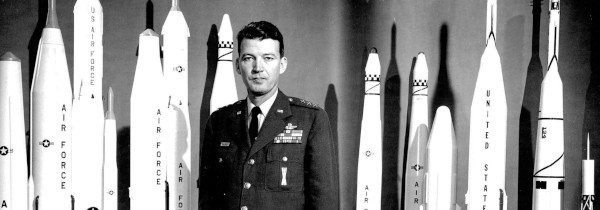"At least two U.S. government satellites have each experienced at least two separate instances of interference apparently consistent with cyber activities against their command and
control systems:
• On October 20, 2007, Landsat-7, a U.S. earth observation satellite jointly managed by the National Aeronautics and Space Administration and the U.S. Geological Survey, experienced 12 or more minutes of interference. This interference was only discovered following
a similar event in July 2008 (see below).†
• On June 20, 2008, Terra EOS [earth observation system] AM–1, a National Aeronautics and Space Administration-managed program for earth observation, experienced two or more minutes of interference.‡ The responsible party achieved all steps required to command the
satellite but did not issue commands.
• On July 23, 2008, Landsat-7 experienced 12 or more
minutes of interference. The responsible party did not
achieve all steps required to command the satellite.
• On October 22, 2008, Terra EOS AM–1 experienced
nine or more minutes of interference. The responsible
party achieved all steps required to command the satellite but did not issue commands.
... access to a satellite’s
controls could allow an attacker to damage or destroy the satellite. The attacker could also deny or degrade as well as forge or
otherwise manipulate the satellite’s transmission. A high level of
access could reveal the satellite’s capabilities or information,
such as imagery, gained through its sensors."

